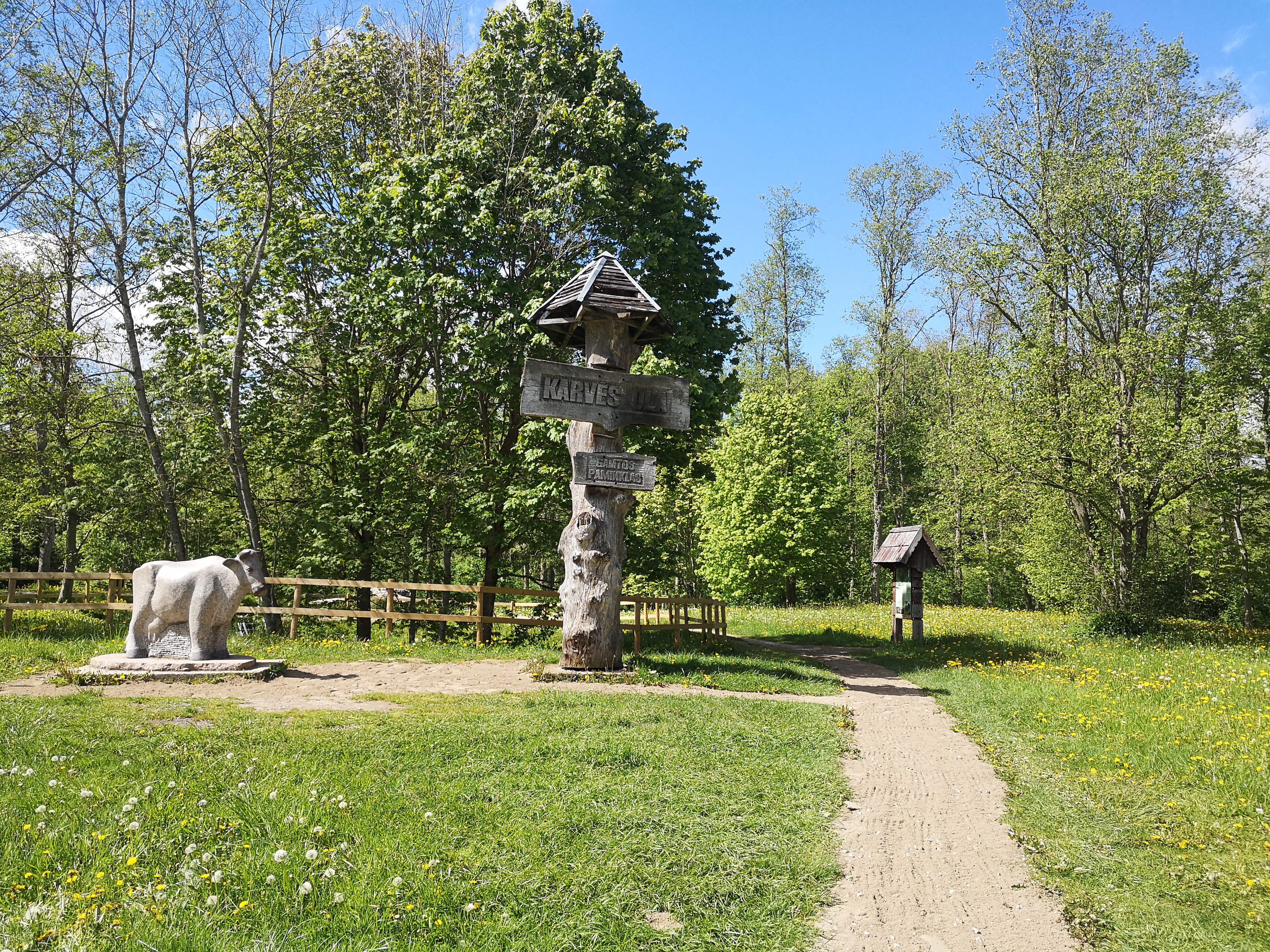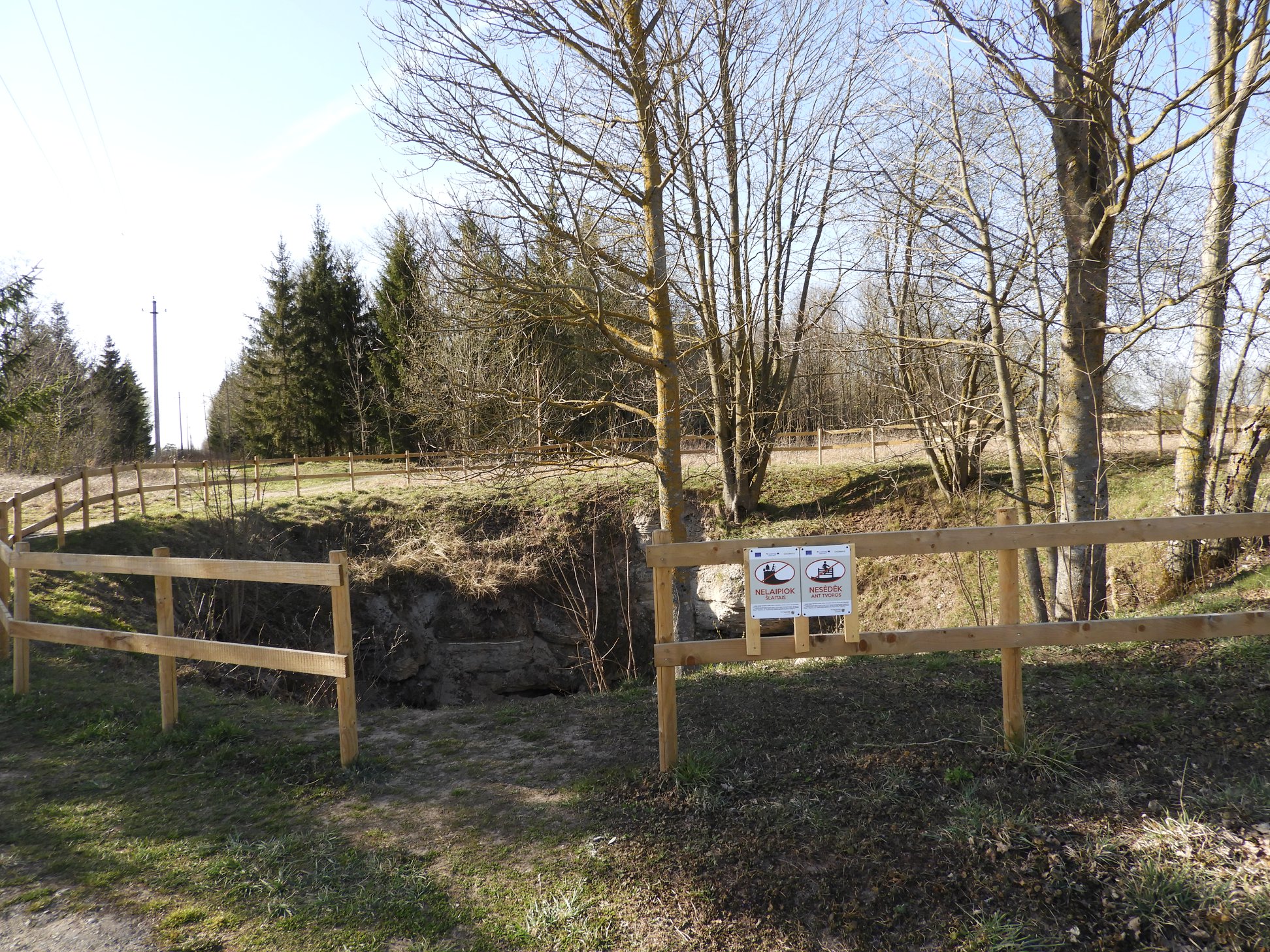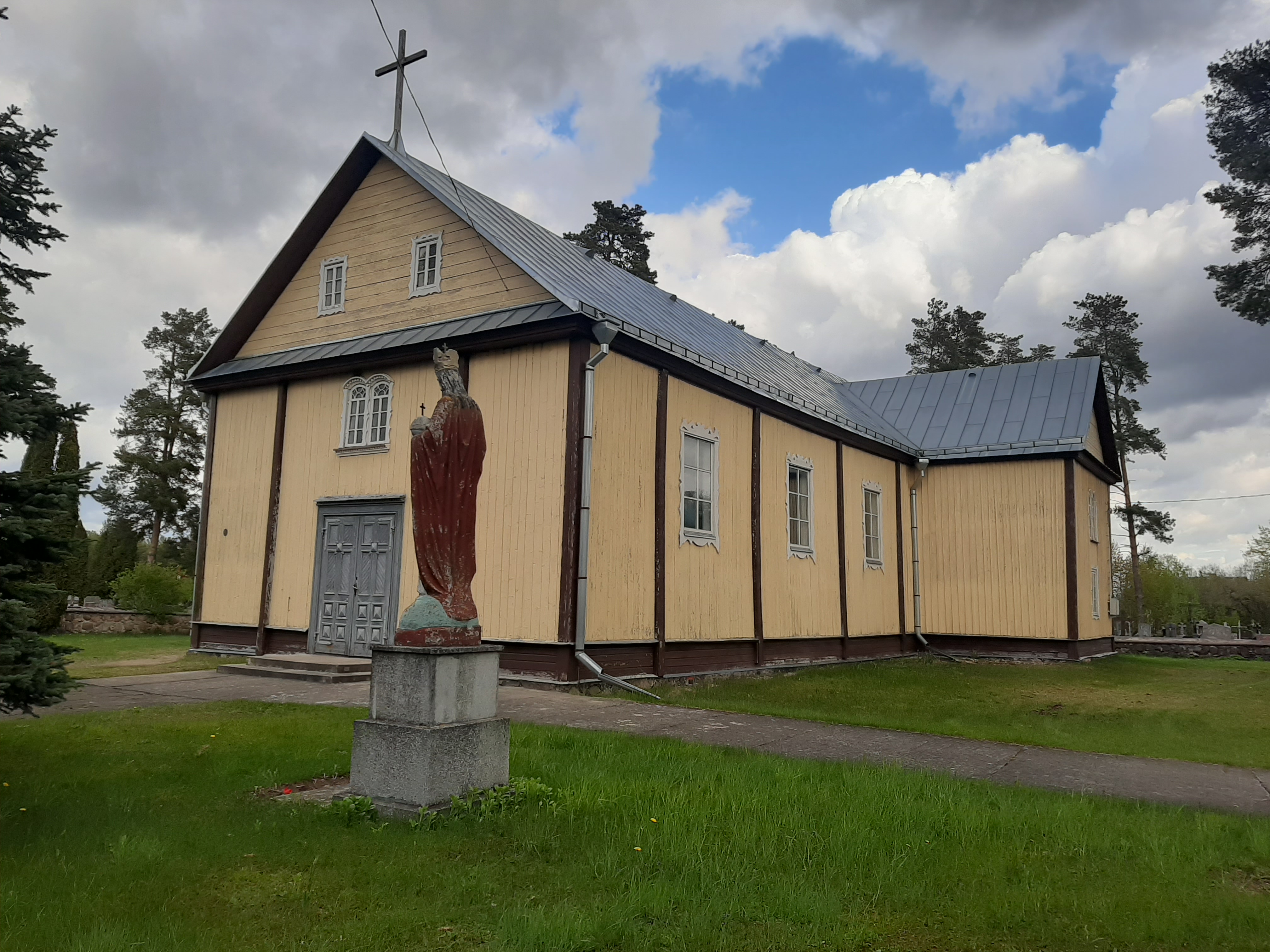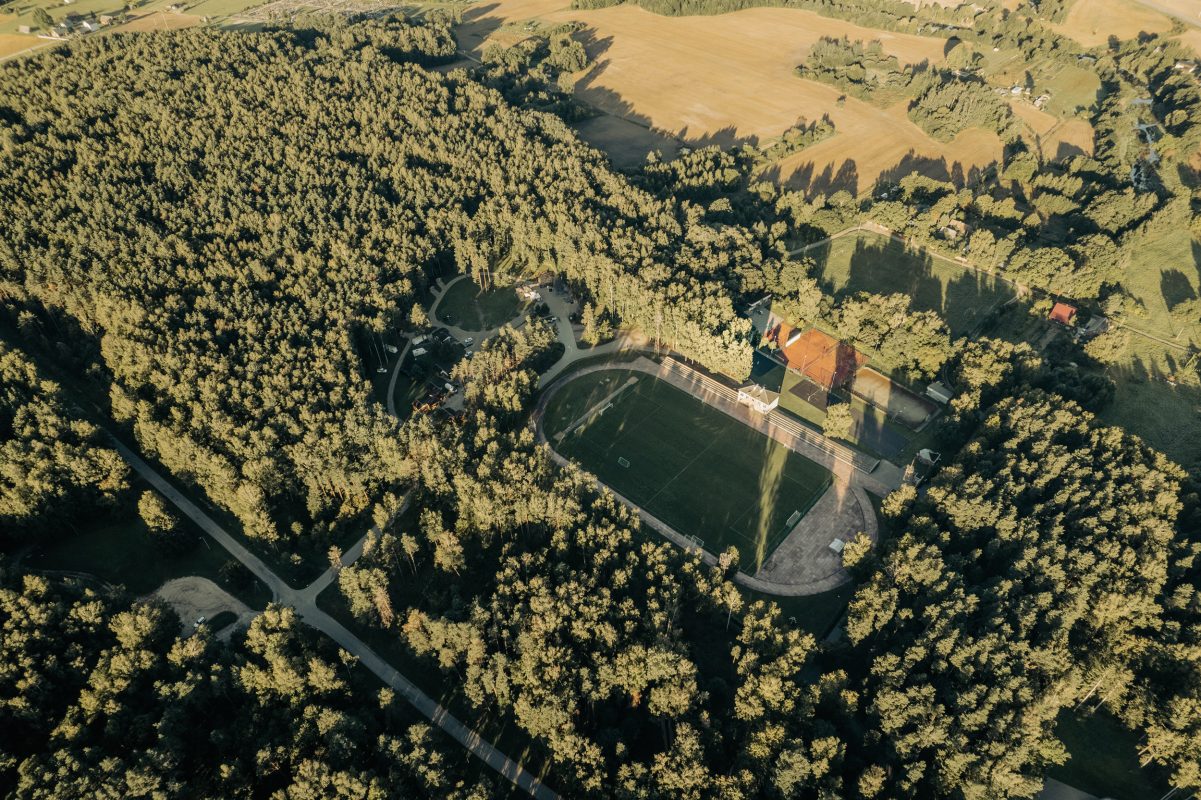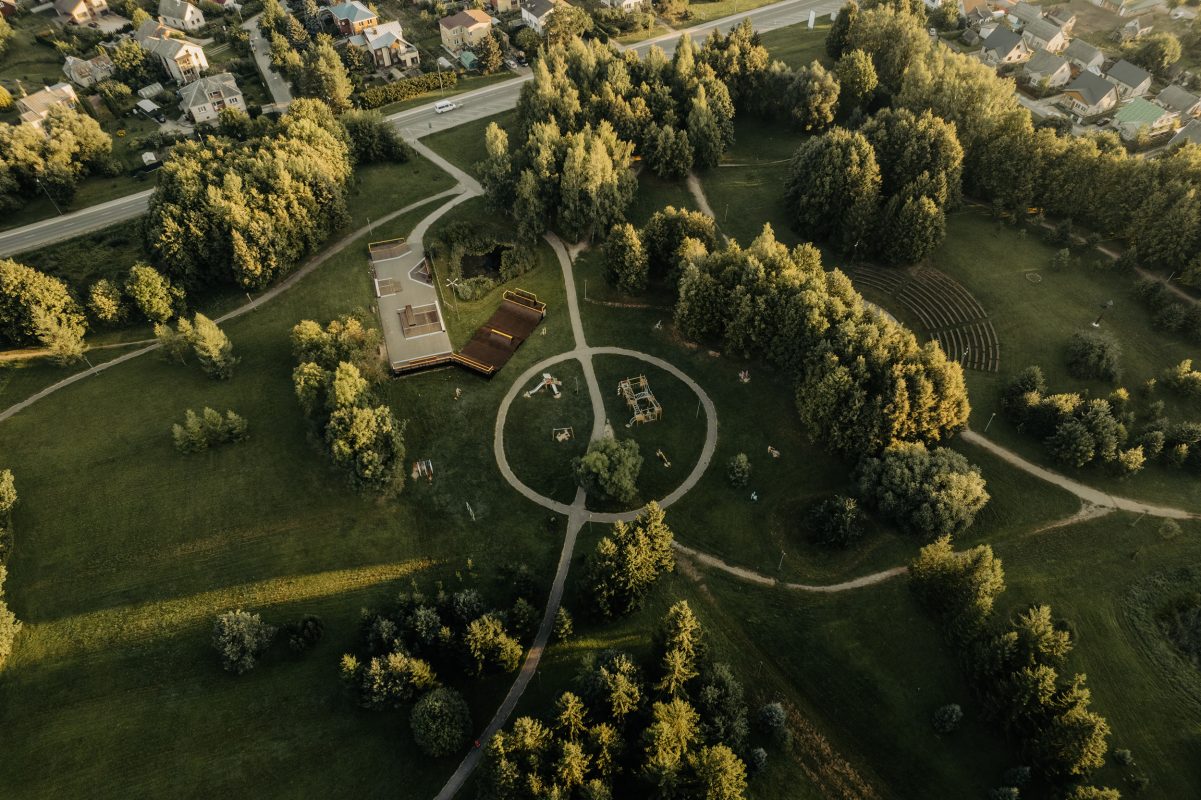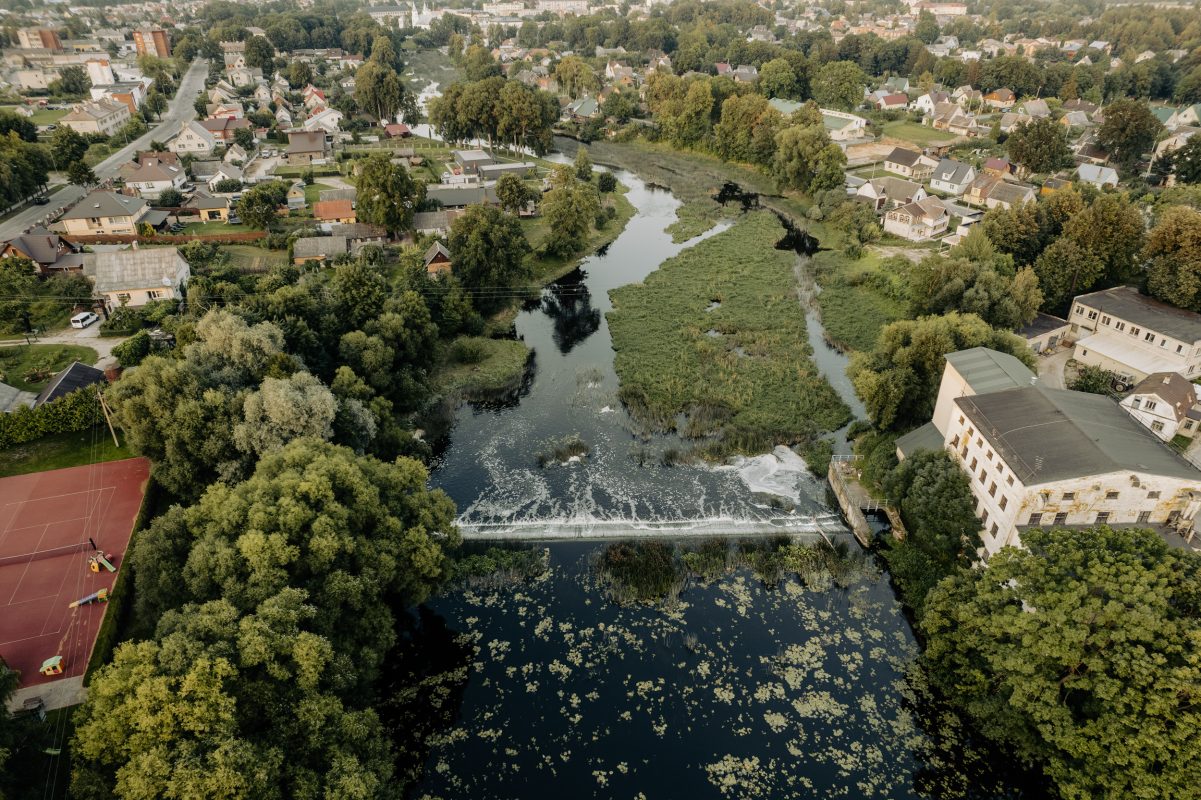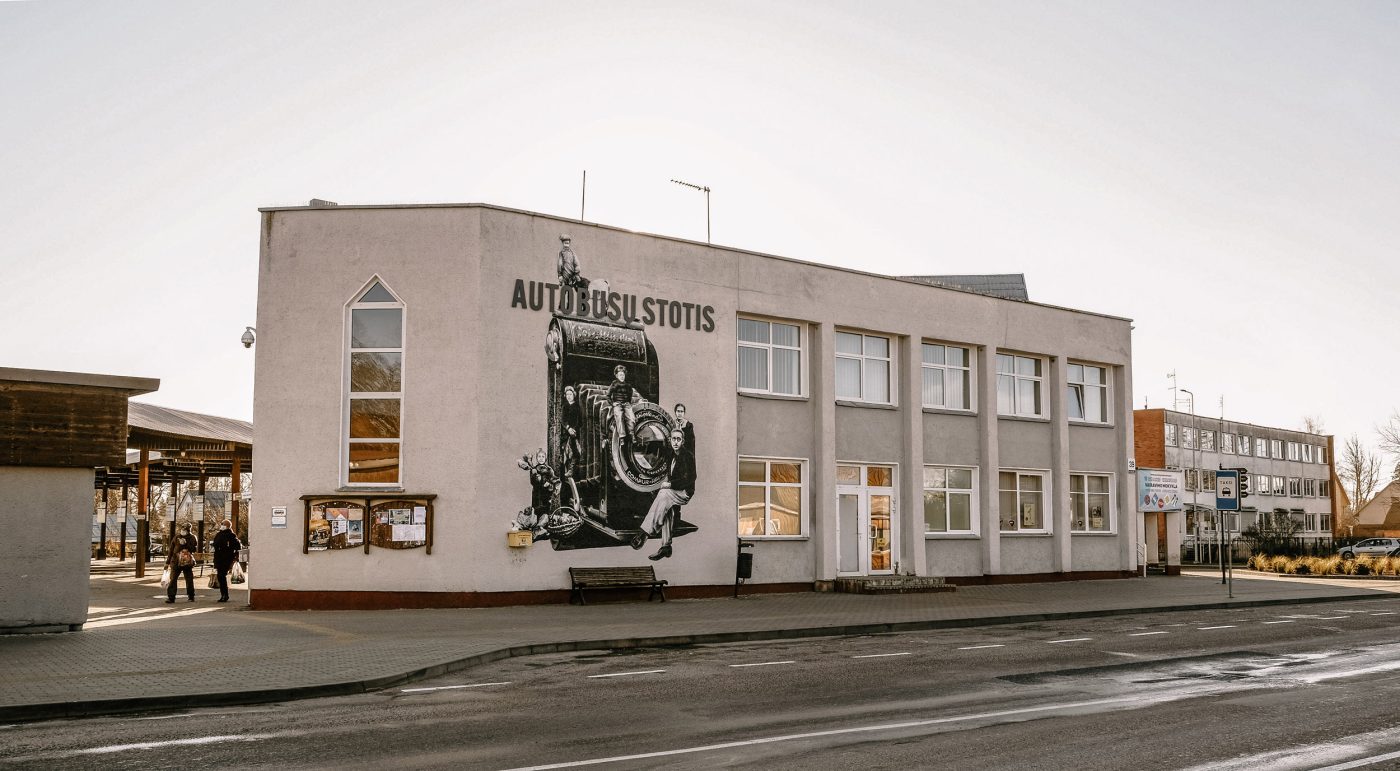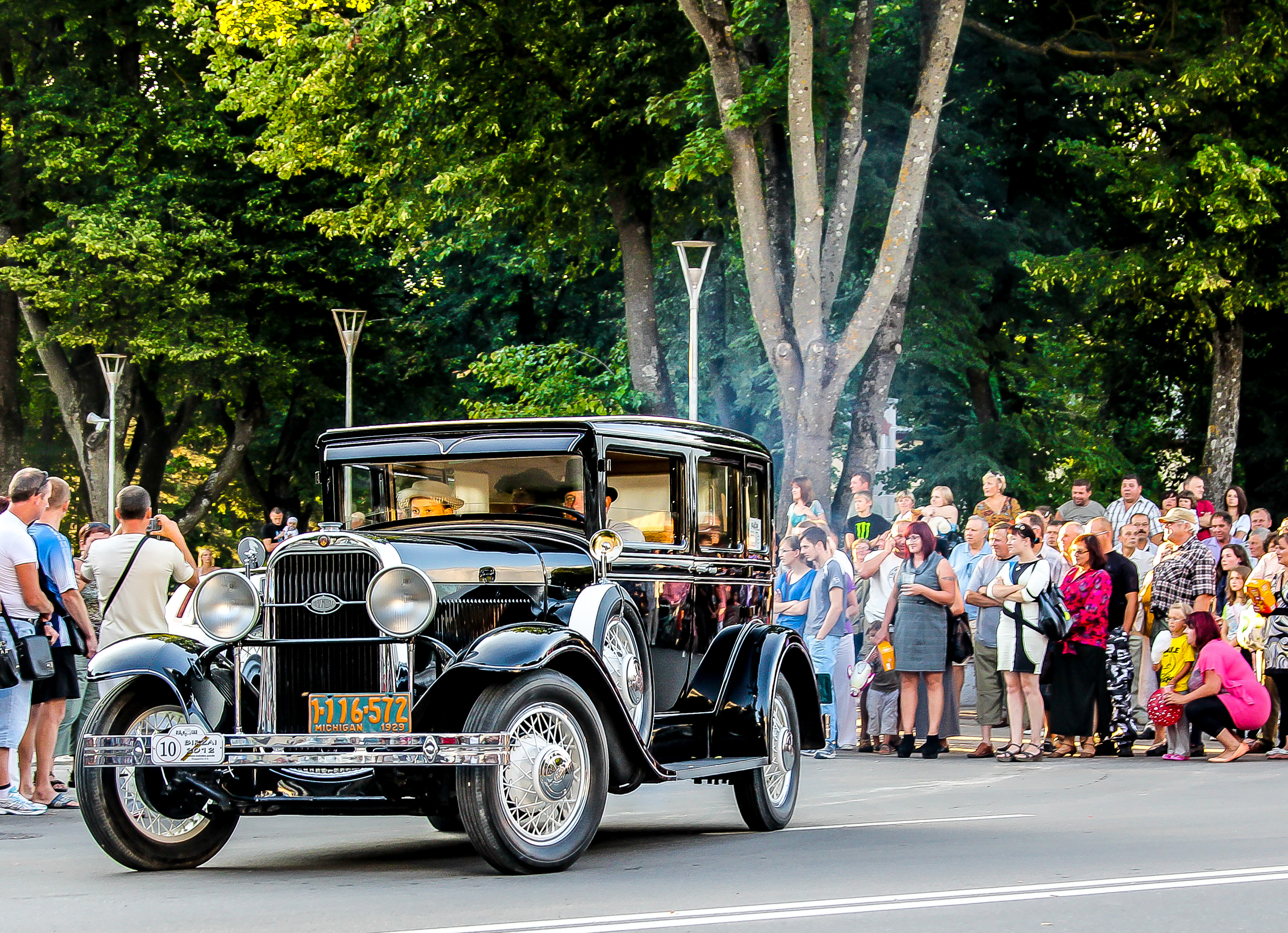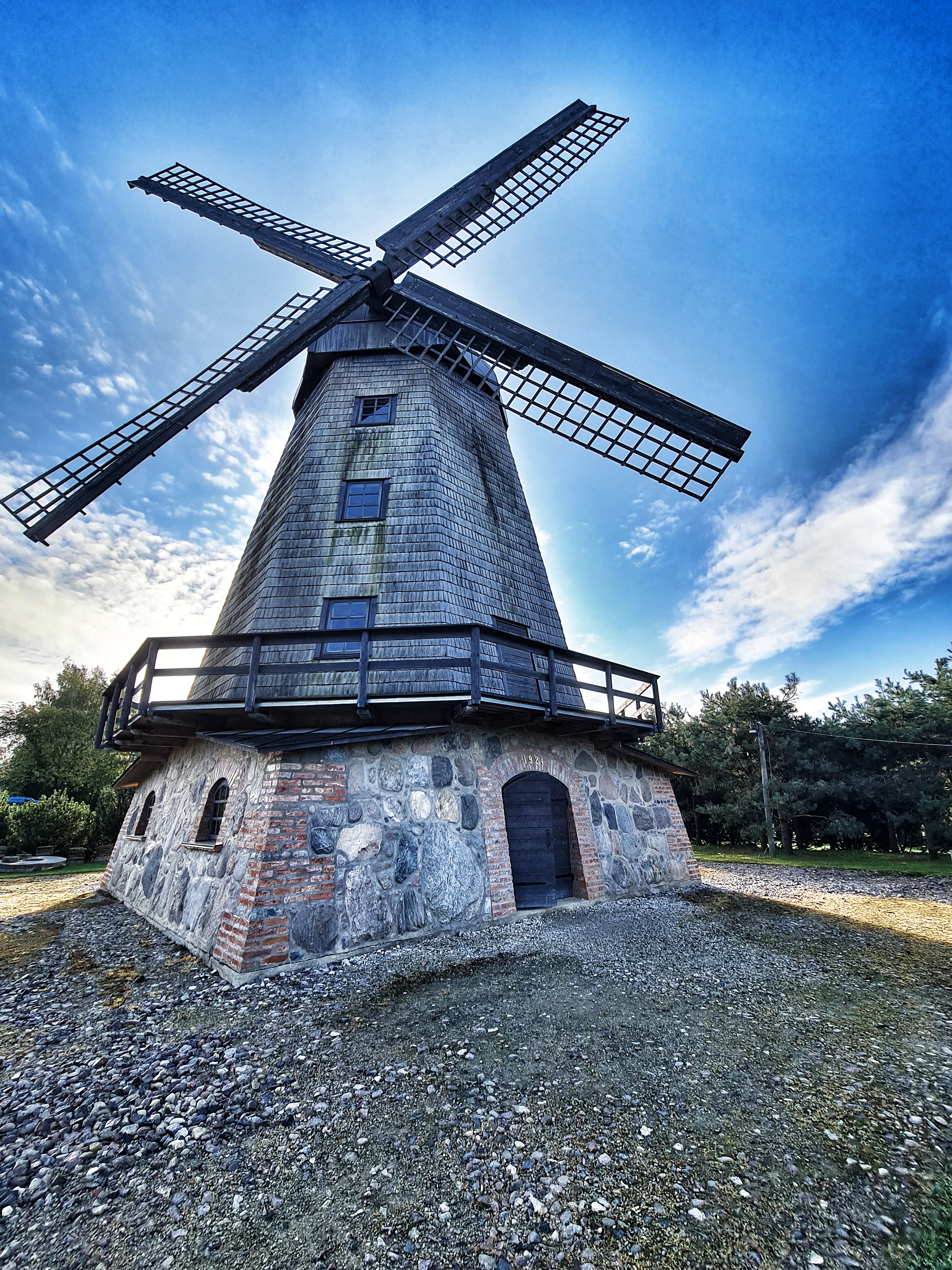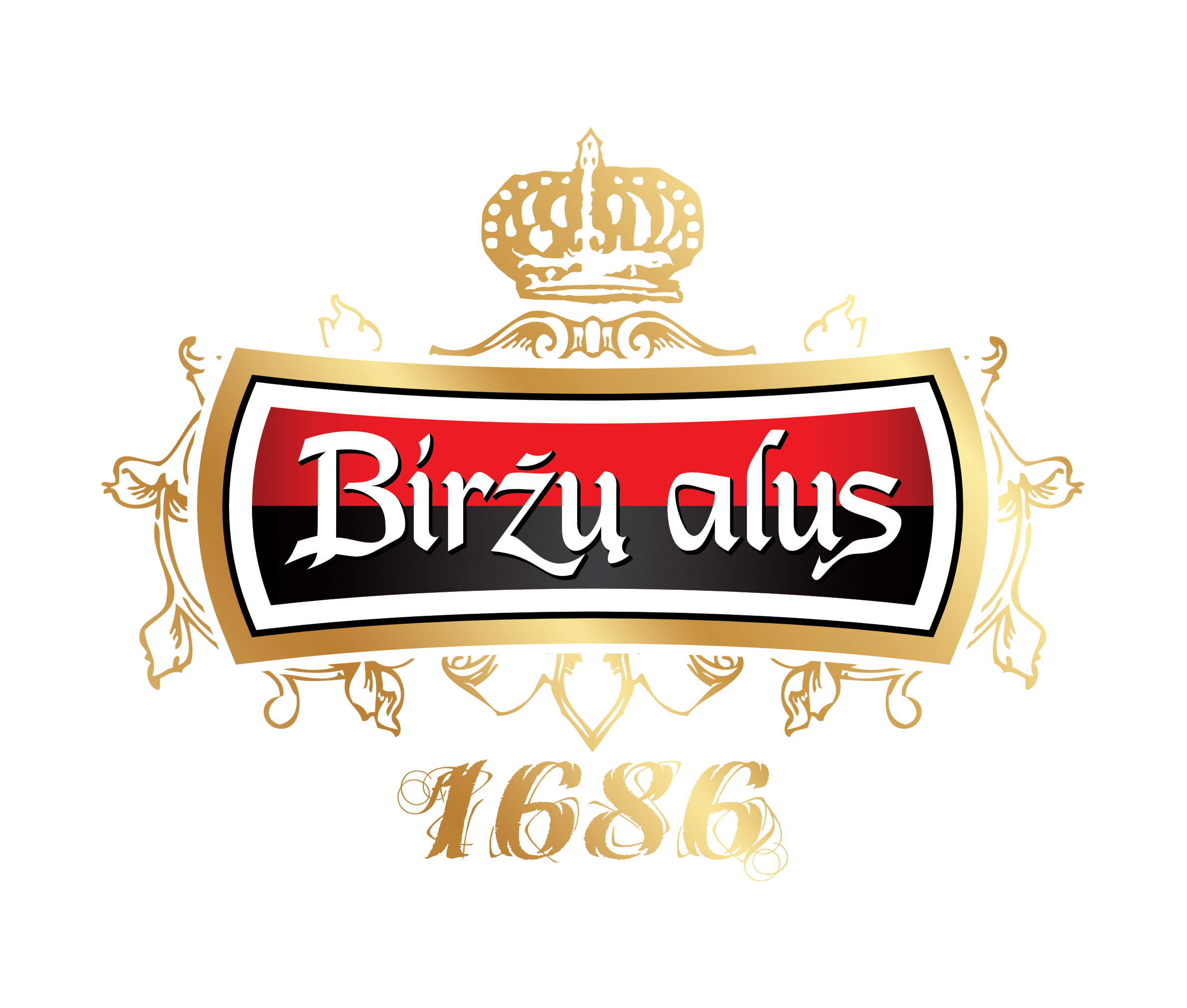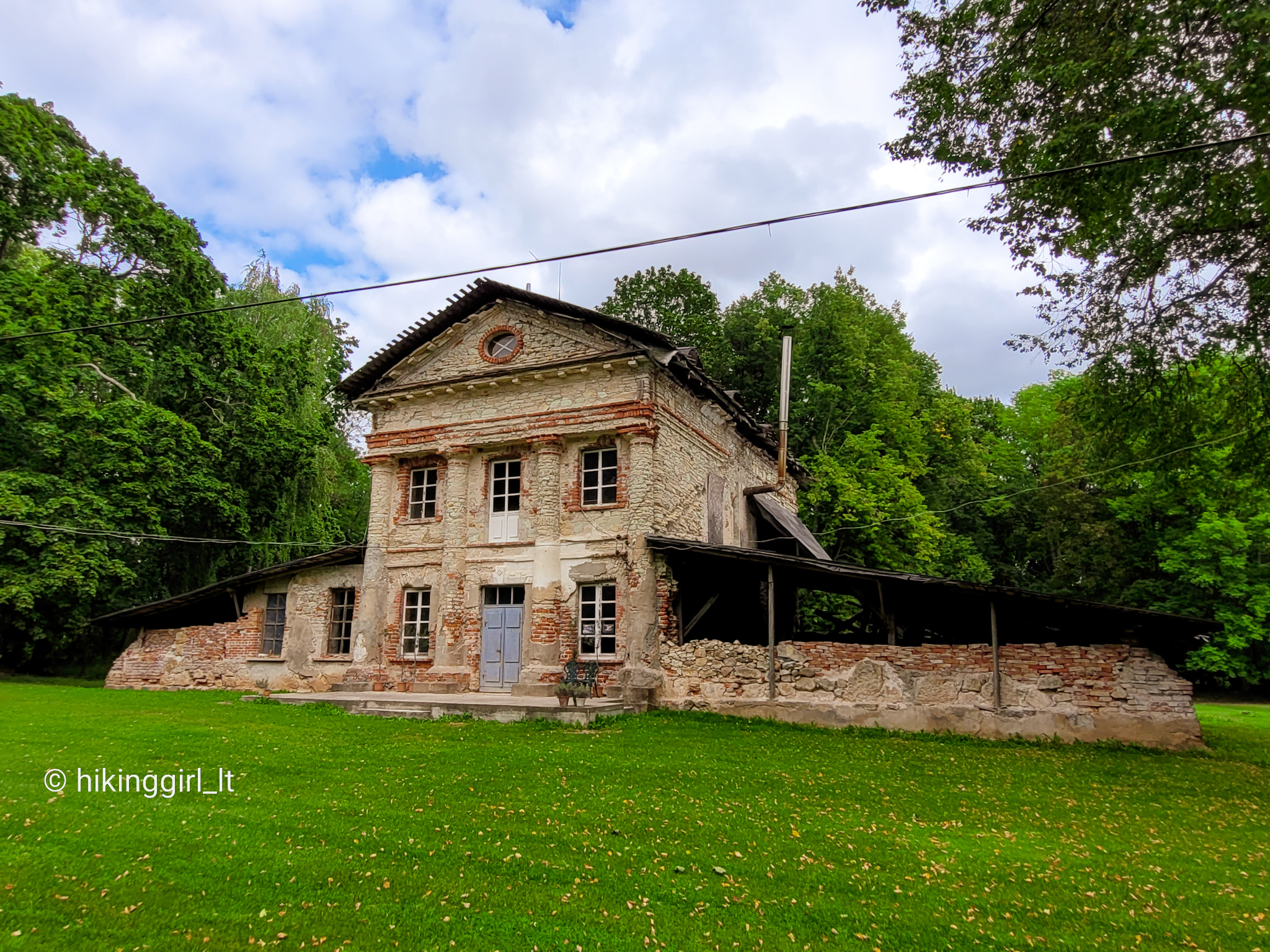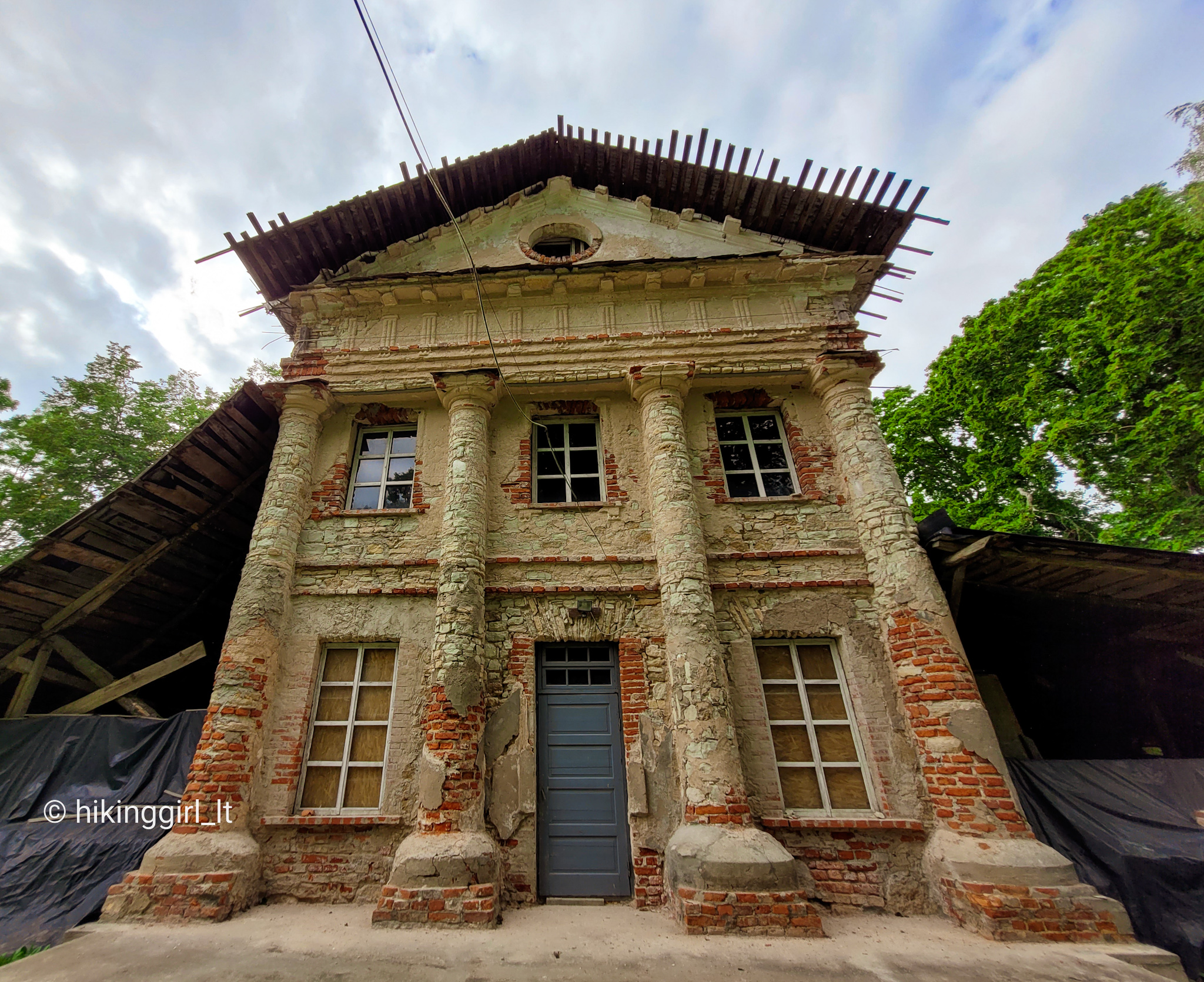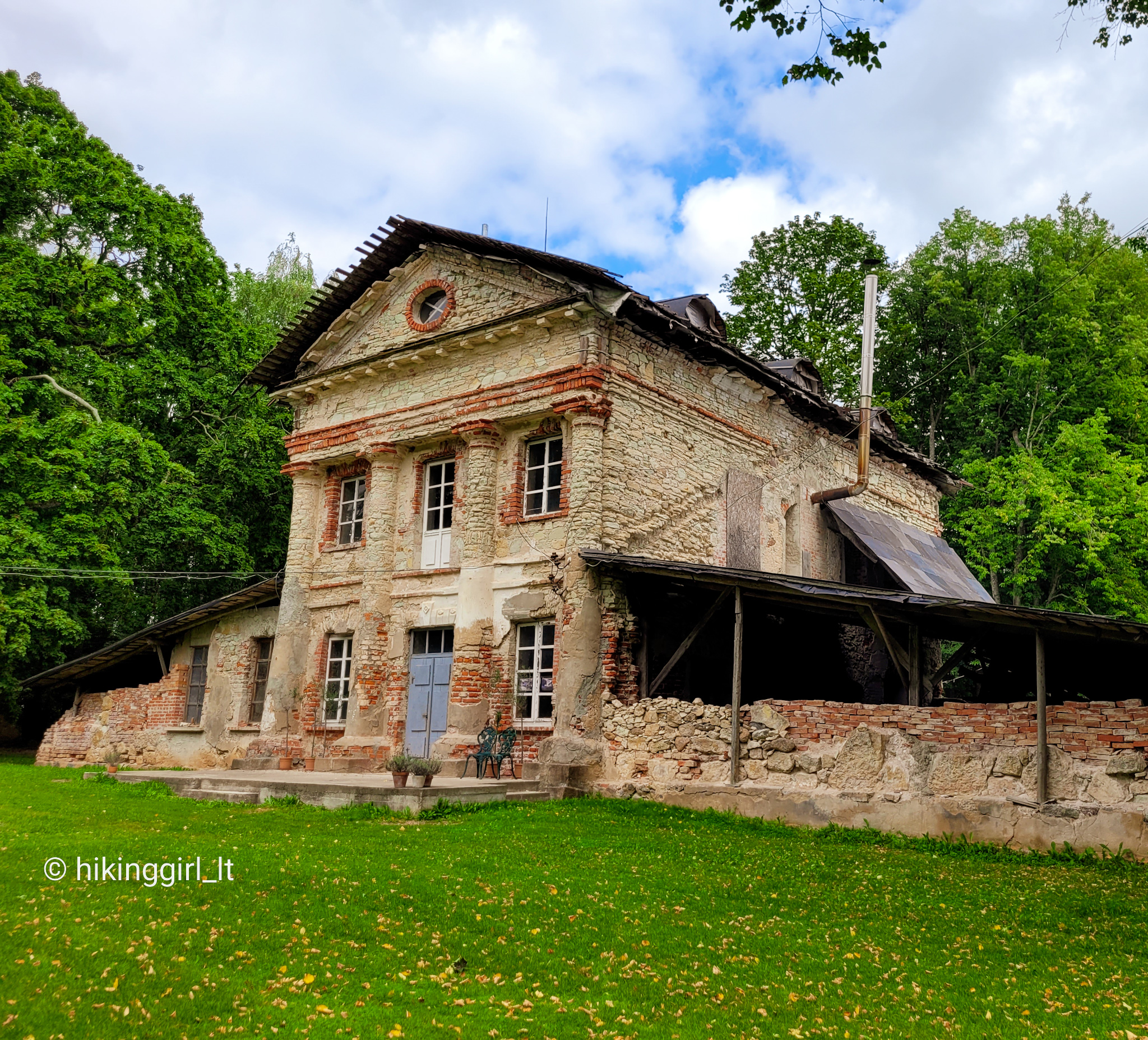Mantagailiškis Estate

234

1

1
The name of Mantagailiškiai Manor comes from the surname Montigailai, first mentioned in the 16th century. Archaeological findings, such as 16th-century tiles with a horse image and 17th-century heraldic tiles inscribed with "1645," attest to the manor's history. In the late 18th century, the manor belonged to the Kušelevski family, later passing to the Holštein family in 1840. In the mid-19th century, it was reconstructed with a Classicist palace, brick fence, and a landscaped park with ponds.
In independent Lithuania, Baroness Bronislava Holštein sold the manor to Juozas Dučinskas in 1924. During the Soviet era, it became an industrial center. In 1994, the manor's remains, including the abandoned palace, were returned to the Dučinskas descendants. Since 2007, new owners have been restoring the manor, with archaeological research, palace restoration, and park renovations underway. The manor also hosts "Monteball" game tournaments.
Info
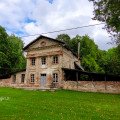

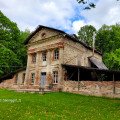
Whats new?
Nearby attractions
Nearest museums
Nearest entertainment
Nearest accommodations

 Entertainment
Entertainment
 Sightseeing
Sightseeing
 Food establishments
Food establishments





























 56.21501, 24.681642
56.21501, 24.681642
 Get directions
Get directions








